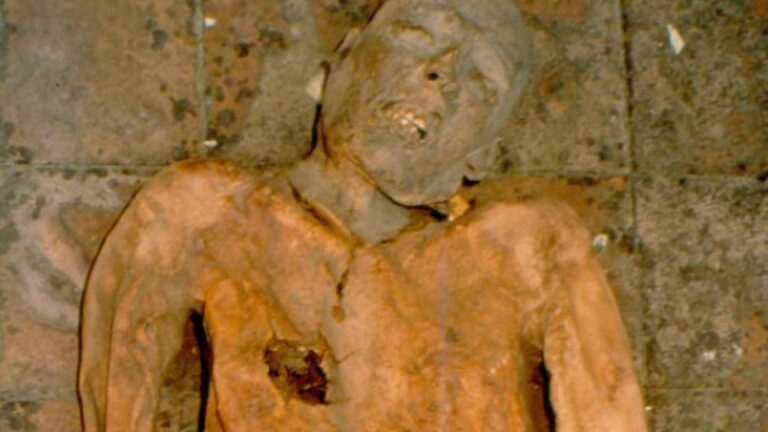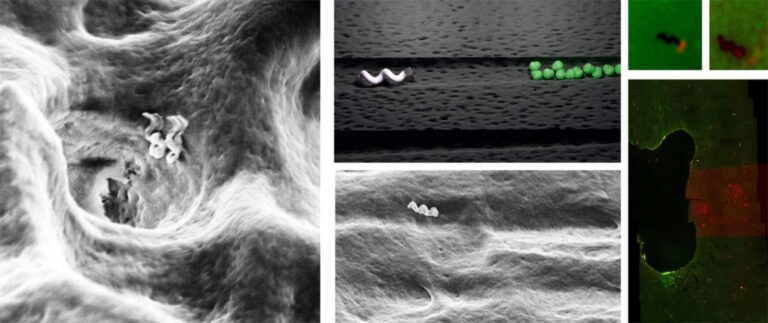
Scientists Revive Stone Age Molecules From Neanderthal Tooth Plaque
Scientists have revived Stone Age microbes from 100,000-year-old Neanderthal teeth that they say could be a breakthrough in the hunt for new antibiotics. The microbes have been isolated from plaque…









